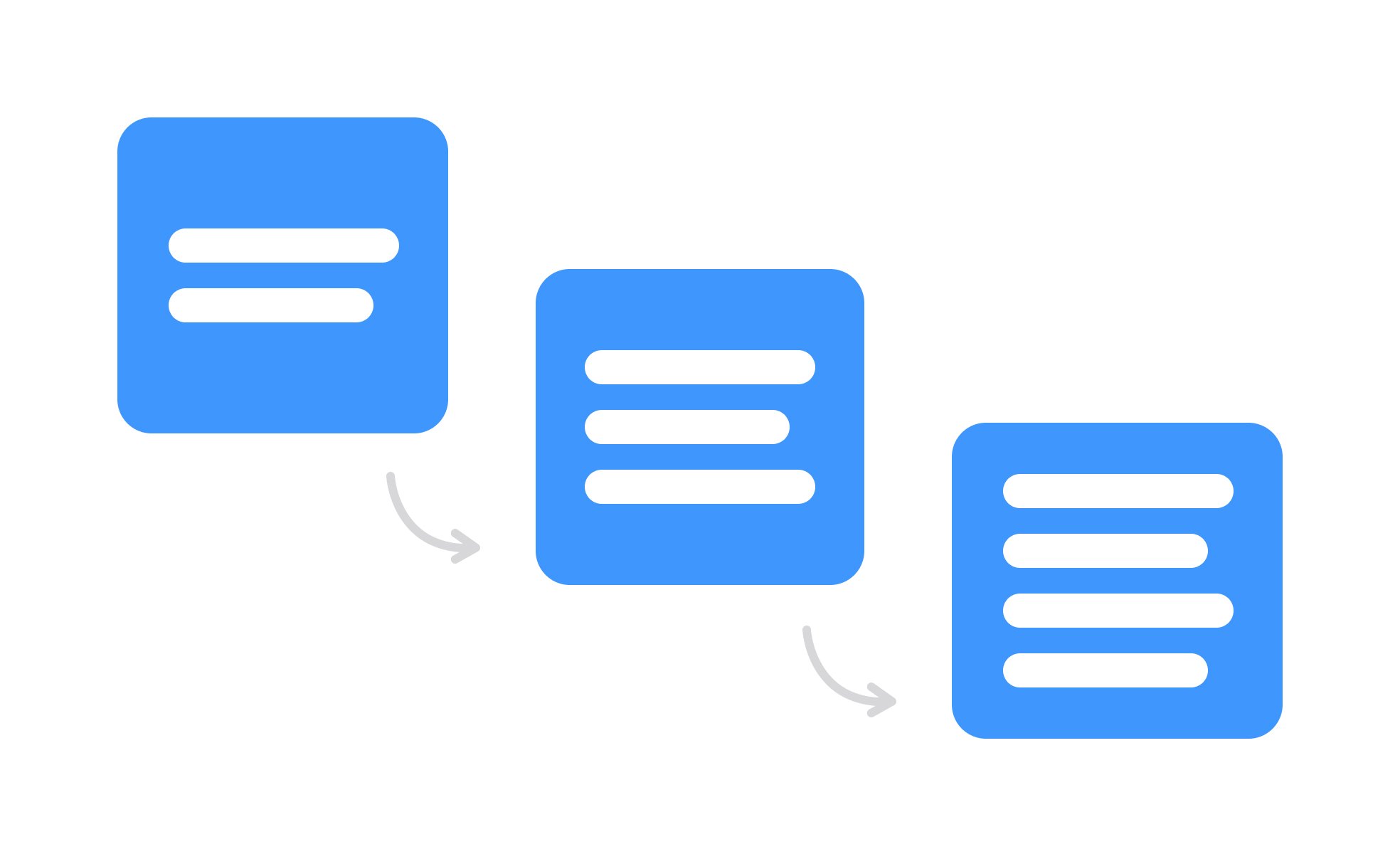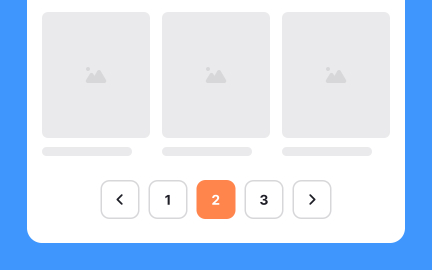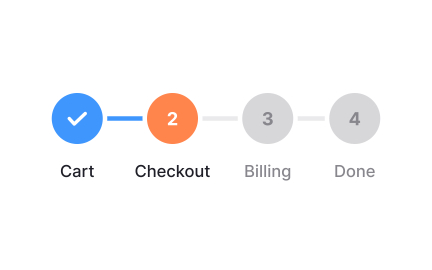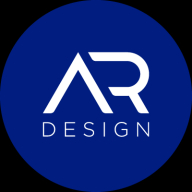Progressive Disclosure
Progressive disclosure is a design principle that presents information or actions gradually, showing users what is needed at each stage to reduce cognitive load

TL;DR
- Presents information step by step.
- Reduces cognitive load and user overwhelm.
- Improves clarity in complex workflows.
- Supports learning and decision-making.
Definition
Progressive disclosure is a user interface strategy where information and actions are revealed in stages, displaying only what is immediately necessary while keeping advanced or less frequent options hidden until needed.
Detailed Overview
Progressive disclosure is rooted in the idea that users should not be overwhelmed with information or choices all at once. Instead, content is revealed step by step, allowing users to focus on the task at hand. This principle is widely used in product and interface design to simplify experiences and guide users smoothly through complex workflows.
A frequent question is why progressive disclosure matters. Humans have limited working memory, and presenting too many options or too much information at once can cause confusion and errors. By limiting exposure to only what is relevant, progressive disclosure reduces cognitive load and makes interfaces feel approachable, even when the underlying system is complex.
Another common query is how progressive disclosure appears in practice. Examples include onboarding flows that introduce features gradually, forms that expand only when additional input is required, or advanced settings that remain hidden until requested. For instance, Google Docs hides advanced formatting tools in dropdown menus, allowing casual users to focus on writing while still giving advanced users access to deeper functionality.
Teams often ask how to balance simplicity and control. Too little information can frustrate advanced users who need efficiency, while too much can overwhelm beginners. Effective progressive disclosure strikes a balance by offering obvious pathways to access more detail when desired. Clear labels, expandable sections, and contextual hints help maintain this balance.
Another important aspect is user confidence. By structuring information progressively, users feel guided rather than abandoned. For example, checkout flows that break steps into stages with clear next actions reduce abandonment compared to presenting everything in one overwhelming form.
Finally, progressive disclosure supports learning. By presenting simple concepts first and introducing complexity later, users can gradually build mastery.
Learn more about this in the Testing Progressive Disclosure with Users Exercise, taken from the Progressive Disclosure in UX Writing Lesson, a part of the UX Writing Course.
Cognitive load increases when users are forced to process too much information at once. Progressive disclosure solves this by presenting only what is immediately relevant. For example, a form might initially show only basic fields and reveal additional sections as users advance.
This incremental approach allows users to focus on one piece at a time, improving accuracy, comprehension, and confidence.
It is most effective in workflows that are complex or multi-step, such as onboarding, checkout processes, or advanced settings. In these cases, showing everything upfront can overwhelm users, while staged disclosure helps them progress smoothly.
Everyday examples include navigation menus that expand when needed or tooltips that appear only when a user hovers over a feature.
Novice users benefit from simplicity and clarity, while expert users benefit from being able to access advanced features without distraction. Progressive disclosure creates layered access, letting beginners stay focused while giving experts depth.
This flexibility ensures the product serves diverse user groups without forcing one experience on all.
Yes, if poorly implemented. Hiding essential information too deeply or failing to make advanced options discoverable can frustrate users. For example, burying critical settings under multiple menus may feel obstructive rather than helpful.
Good design ensures that advanced options are easy to find, even if they are not immediately visible.
By making initial interactions simple and approachable, progressive disclosure reduces abandonment during early use. As users gain confidence, revealing advanced functionality deepens engagement and encourages longer-term adoption.
This gradual unfolding of capability keeps products accessible while ensuring they grow with the user’s needs.
Recommended resources
Courses

UX Design Foundations

Design Terminology

Common Design Patterns
Lessons

8 Design Tips to Reduce Cognitive Load

Progressive Disclosure in UX

Minimizing Cognitive Load
Exercises
Projects

Navigation Menu Design for Online Retailer Service

Medilert - Settings Suite









